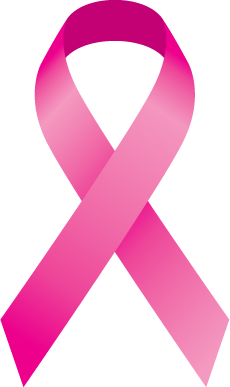
Breast Magnetic Resonance Imaging (MRI) is a non-invasive breast imaging tool that produces detailed images of the breast. Breast MRI utilizes a magnetic field and radio waves as well as an intravenous injection of a contrast agent to highlight breast abnormalities. Hundreds of cross-sectional images of the breast are produced during the exam, allowing a three-dimensional rendering of the breast.
During the procedure, the patient rests quietly inside the opening of a large tube-like machine called a magnet. There, a computer acquires images of the breasts. Several scans through the breasts, in one-minute increments, are taken during the exam. Contrast-enhanced breast MRI is used to screen high-risk patients such as those with a strong family history of breast cancer, those with a personal history of breast or ovarian cancer, or individuals who are genetically positive.
Breast MRI is also used to investigate breast concerns first detected via mammography, physical exam, or other imaging tests. It can successfully image problematic conditions like dense breasts and implants. MRI is also useful for staging breast cancer, helping to determine the most appropriate treatment, and for patient follow-up after breast cancer treatment.
To learn more, download our flyer:

